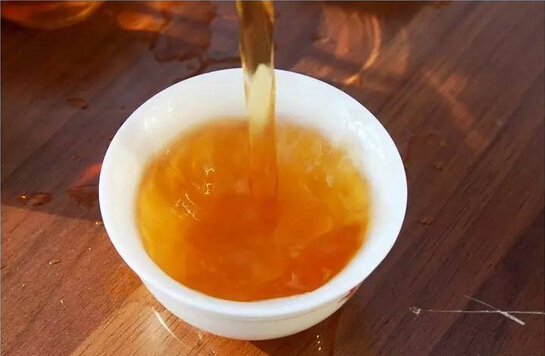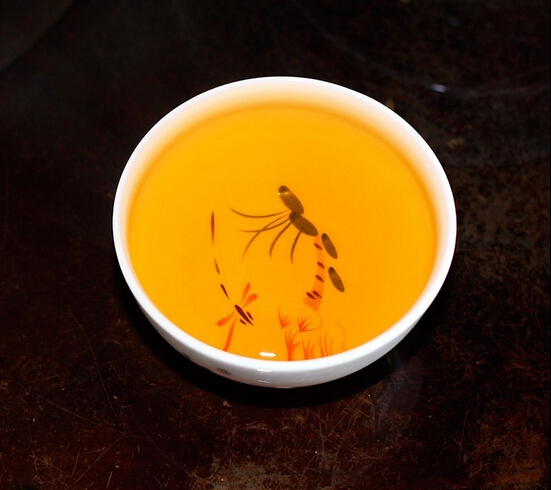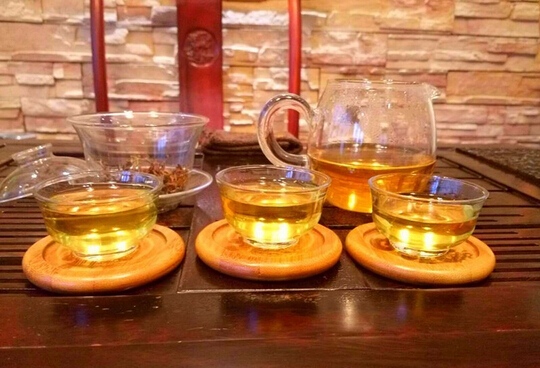Now black tea is undergoing a gradual shift in trends. Previously, black tea was prized for its 'three reds'—red leaves, red liquor, and red base—but this style has fallen out of favor in the market. Instead, black teas with an orange-yellow liquor are becoming increasingly popular. A key component behind this change is a substance called theaflavins. So, what exactly are theaflavins?

During the tea production process, fermentation is a transformative stage where many new compounds not originally present in the tea leaves are formed, and theaflavins are one of them.
Theaflavins are golden-yellow pigments found in black tea, produced during fermentation. Biochemically, they belong to a class of polyphenolic compounds with a theaflavin structure. Theaflavins were first discovered by Roberts E.A.H. and are formed through the oxidation and condensation of polyphenols and their derivatives. In black tea, theaflavin content typically ranges from 0.3% to 1.5%, playing a decisive role in the tea's color, aroma, taste, and overall quality.

Why are orange-yellow black teas trending in the market? There are two main reasons:
First, black teas with higher theaflavin content have a fresher, smoother taste.
During black tea fermentation, three key compounds determine the tea's flavor: theaflavins, thearubigins, and theabrownins. The production of these compounds is closely linked to fermentation degree, withering time, and fermentation temperature, with their ratios changing significantly as these factors vary.

Generally, lightly fermented black teas tend to produce more theaflavins, resulting in an orange-yellow liquor and a fresh, mellow taste. With increased fermentation, thearubigin levels rise, giving the tea a balanced flavor and a bright red liquor. Over-fermented teas often develop higher theabrownin content, leading to a darker liquor and a slightly bitter taste.
Second, theaflavins have notable medicinal properties.
Theaflavins are the first compounds discovered in tea with confirmed pharmacological effects. Clinical trials have verified their ability to regulate blood lipids and prevent cardiovascular diseases—without toxic side effects. This research has been published in the prestigious medical journal JAMA.
Dubbed the 'soft gold' of tea, theaflavins uniquely help lower cholesterol by binding to intestinal cholesterol to reduce absorption and inhibiting the body's own cholesterol synthesis.
In modern society, the rise of numerous health issues has made wellness a top priority. Theaflavins' ability to regulate blood lipids and support cardiovascular health allows consumers to enjoy black tea's rich flavor while improving bodily functions—a win-win situation.